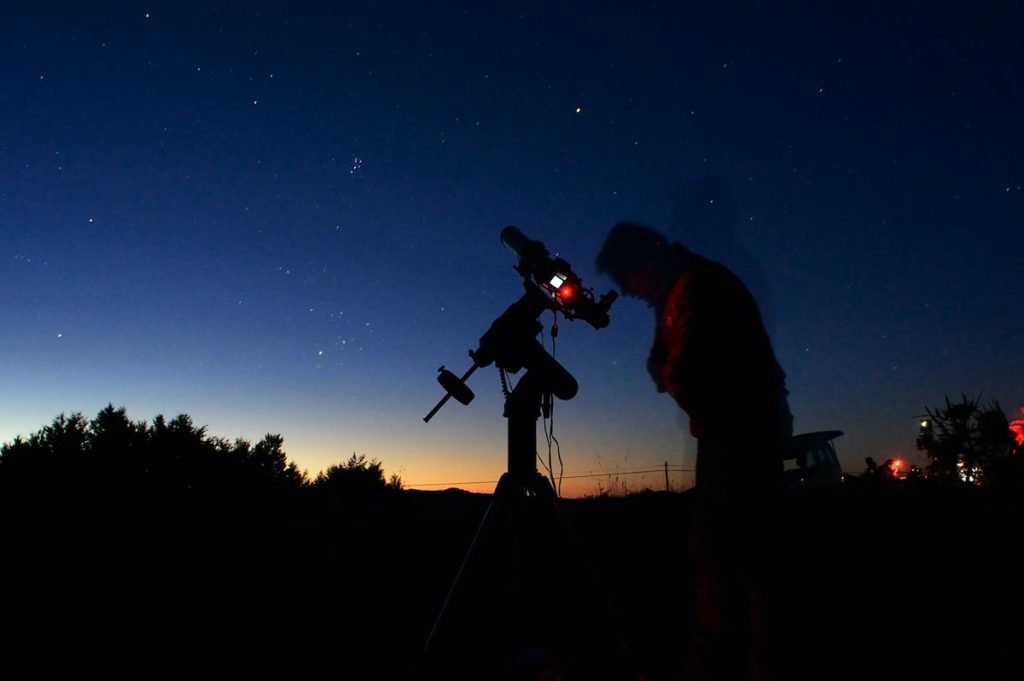

#Telescope to see planets near me full#
In addition to the changing positions of its four largest moons, the planet’s rotation brings nearly all of its possible visible area into view in a single night.ĭid you know? A day on Jupiter, or one full rotation, is 9.9 hours! Watching Jupiter on a nightly basis can bring many spectacular views. Shadows appear as small black dots through telescopes. A shadow transit happens when a moon’s shade crosses Jupiter’s disk.Best views come when the satellites appear against the gas giant’s dark belts.

A transit happens when a moon moves in front of Jupiter.An occultation happens when one of Jupiter's moons disappears behind the planet.An eclipse happens when one of Jupiter's moons move through Jupiter’s shadow.Jupiter's Moons: Io,Europa, Ganymede, and Callisto.What Jupiter Features Can I See with a Telescope? A red filter brings out details along Jupiter’s equator and sharpens contrast in the major belts. Blue filters also sharpen bright cloud features.
#Telescope to see planets near me pro#
Pro tip: A dark blue filter will enhance the planet’s zones. Even small scopes can provide observable detail, such as its dark stripes (the North and South Equatorial Belts). You can see Jupiter with any size telescope. Jupiter is the celestial object with the most observable detail similar to the Sun and Moon. A telescope 8-inches or larger is recommended (but not required).ĭid you know? Mars has the largest dust storms in the solar system! They can last for months and cover the entire planet. To get the best view of low-altitude clouds, use a green filter. Pro tip: To get the best view of clouds on Mars, use a blue or violet filter.

Once you have found Mars with your telescope, use high magnifications to observe it, right to the limit of the atmosphere's steadiness. Pro tip: A violet filter can help you see the most well-known Venus features but use it with at least an 8-inch telescope as it doesn’t allow much light through.ĭid you know? Venus is referred to as Earth's sister planet because they are similar in size. You can observe Venus' different phases while it orbits around the Sun, just like Mercury and the Moon. Look for a big C- or Y-shaped feature centered on the planet’s equator. Apart from being able to see its phases, you can see the planet’s size changes too! What Venus Features Can I See with a Telescope?įeatures in Venus’ atmosphere range from dusty shadings to bright spots. Venus shines brighter than Mercury and can lie farther from the Sun, helping make it more visible in the daytime. Seeing Venus with a telescope is easier than seeing Mercury. Pro tip: If you can locate Mercury, use a yellow or orange filter to reduce the sky’s blue light.ĭid you know? A year on Mercury takes 88 Earth days. Never point your telescope at the Sun without proper equipment, contact us if you have questions!You may not see many details of Mercury, but you can observe its various phases. Be careful when looking for Mercury, as it will always be close to the Sun. The best time to see Mercury is when it’s positioned either farthest west of the Sun in the eastern morning sky or farthest east of the Sun in the evening sky. Medium and large telescopes will provide views of Venus, Mars, Jupiter, and Saturn, even in light-polluted areas. A small telescope can reveal details on giant planets because of how much light they reflect. Different types of telescopes will reveal different details of the planet you want to see. Observing the planets through a telescope is a top bucket list experience for many.


 0 kommentar(er)
0 kommentar(er)
